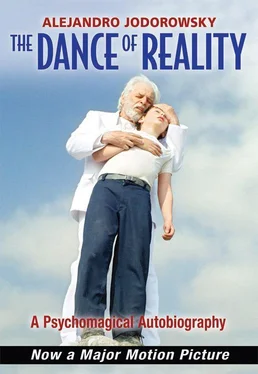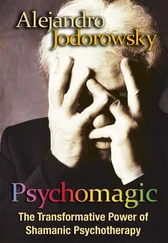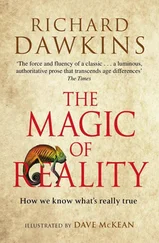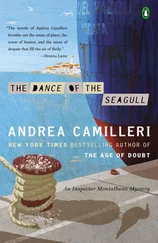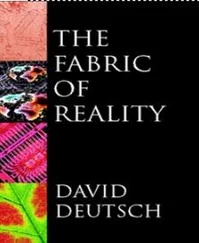There was a large room on the second floor of the firemen’s building that no one used. It occurred to Jaime that the company could take advantage of this space by renting it out for parties; time went by and, probably due to the financial crisis, no client rented it. My father said that it was not for lack of money but due to inertia: no one wanted to deviate from the customary ways. Large parties, weddings, and award ceremonies were held in the roller skating rink at the Prieto family’s spa, and that was that. “We’ll show them,” Jaime said, and after becoming a regular patron of the Jade Bridge Chinese restaurant in order to convince the owner to be his intermediary, he offered the space for free to the Chinese community and committed himself to arranging a lively ball with the bands of the three firemen’s companies playing. The Asian families danced tangos to the wind instruments, put on raffles, ate churrasco, and drank wine with peaches and strawberries spiked with aguardiente. This party, exotic for them, was such a hit that they gave my father a certificate declaring him a friend of the Chinese community. With the racial ice broken, some Chinese people came to our house to spend an evening playing mah-jongg. *3The most assiduous player among them was a young man with olive skin tending toward yellow whose face was perfectly smooth and unblemished. He had long, manicured nails, black hair trimmed with mathematical precision, and a face as perfectly sculpted as that of a porcelain figurine. His fine cashmere suit, cut to perfection, his wide-collared shirt, his exquisite tie, his gleaming patent leather shoes, and his silk socks all blended harmoniously with his distinguished gestures. Jaime called him the Prince. I, who had never seen such masculine beauty, looked at him ecstatically as if he were a great toy.
He smiled at me with his almond-shaped eyes. Then, with a hypnotic rhythm, he said things to me in Chinese that, though I did not understand them, made me laugh. One afternoon Sara Felicidad was very excited and said, “I have wonderful news: tonight the Prince is going to sing us an opera in the style of his country.” I understand why my mother was so moved: when she was young she had wanted to be an opera singer, but her stepfather and mother had told her this vocation was out of the question. The beautiful Chinese singer arrived at ten in the evening accompanied by two musicians dressed in skirts over satin trousers. One carried an unusual stringed instrument, the other a drum. The Prince, carrying a suitcase, requested that they give him an hour to get dressed and put on his makeup in the bathroom. My parents waited impatiently, playing dominoes. I, accustomed to going to bed early, fell asleep. When the Prince came before us a yawn froze in my mouth, Sara struggled to suppress a nervous cough, and Jaime opened his eyes so wide that I thought he would never be able to close them again. Our Chinese friend had become a beautiful woman. And to say beautiful is an understatement. Taking short and rapid steps to the plaintive sound of the stringed instrument and the metallic rhythm of the drum, he appeared to glide and float. His robe, made of silk and satin, was brightly colored in red, green, yellow, and blue, studded with glass and metal inlays. His small hands, which emerged from wide sleeves, were painted white with lacquered nails and waved an airy handkerchief. On his back were a number of rods with flags on them, by way of wings. His face, also white, had been transformed into the mask of a goddess, and his small lips moved like those of an eel. The Prince, or rather the Princess, was singing. It was not a human voice, but the lament of a millenarian insect. The long, intense, sinuous, otherworldly phrases were interspersed by sudden stops, accentuated by the two instruments. I fell into a trance. I forgot I was watching a human; before me was a supernatural being out of a fairy tale bringing us the treasure of his existence. Sara did not seem to feel the same way. With her face red and her breath coming in short bursts, she frowned as if witnessing an insane act. It was obvious that she could not accept the idea of a man playing at transforming himself into a woman. Jaime, after a while, seemed to comprehend the deeper meaning of the performance: he was watching an Oriental clown. The whole thing was a joke that his friend was playing. He began guffawing. The apparition stopped singing, bowed deeply, went into the bathroom, and thirty minutes later the Prince returned, impeccable as always. With haughty dignity, he descended the stairs, followed by his two acolytes, and went out into the street to be lost in the night and never to return.
Thinking again and again about this tense situation, which left an indelible impression on my memory, I realized that every extraordinary act breaks down the walls of reason. It upends the scale of values and refers the spectator to his or her own judgment. It acts as a mirror: each person sees it within his own limitations. But those limitations, when they manifest, can cause an unexpected burst of awareness. “The world is as I think it is. My ills come from my distorted vision. If I want to heal, it is not the world that I should try to change, but the opinion I have of it.”
Miracles are like stones: they are everywhere, offering up their beauty, but hardly anyone concedes value to them. We live in a reality where prodigies abound but are seen only by those who have developed their perception of them. Without this perception everything is banal, marvelous events are seen as chance, and one progresses through life without possessing the key that is gratitude. When something extraordinary happens it is seen as a natural phenomenon that we can exploit like parasites, without giving anything in return. But miracles require an exchange; I must make that which is given to me bear fruit for others. If one is not united with oneself, the wonder cannot be captured. Miracles are never performed or provoked: they are discovered. If someone who believes himself to be blind takes off his dark glasses, he will see the light. That darkness is the prison of the rational.
I consider it a great miracle that the choreographer Kurt Joos, fleeing Nazi Germany accompanied by four of his best dancers, arrived in Santiago de Chile. Another miracle was that the Chilean government admitted him and gave him a grant that allowed him to open a school with large rooms where all the expressionist ballets could be re-created. Most of the great foreign performers of that era were hosted by the Municipal Theater, a beautiful and spacious Italianate building in the city center built before the economic crisis. My poet friends and I, having discovered a service door at the rear of the building that was not kept locked, would wait for the performance to begin, slip off our shoes, and sneak through the shadows to the sides of the stage from where we could watch the show. My friends saw La mesa verde, Pavana, and La gran ciudad only a couple of times. I saw at least a hundred performances. Such was my devotion that I knelt while watching these splendid choreographies. In La mesa verde a group of hypocritical diplomats discussed peace around a green table, only to finally declare war. Death appeared dressed as the god Mars, played with great verve by a Russian dancer, showing us the horrors of war. In Pavana an innocent girl was crushed by a ritual court; in La gran ciudad two idealistic teenagers came to New York and, in their eagerness for success, were destroyed by the vices of the relentless city. For the first time, I saw a technique that astutely used the body to express a wide range of feelings and ideas. The ballet troupes that visited the country had left behind a fastidious legacy: so-called classical dance schools that crammed all bodies into the same mold, deforming them in the quest for a hollow and obsolete beauty. Joos, staging the most urgent political and social problems with sublime technique, planted the seed that later grew in my spirit: the ultimate goal of art is to cure. If art does not heal, it is not true art.
Читать дальше
